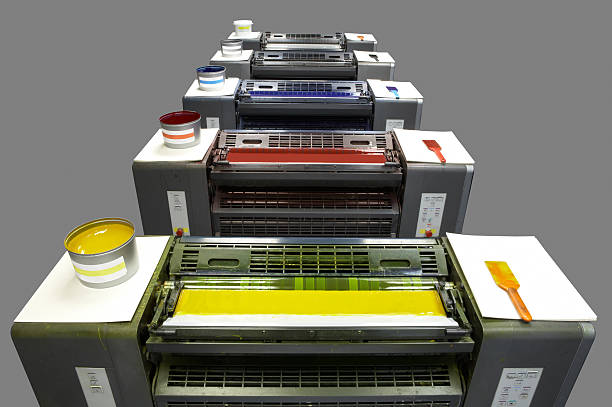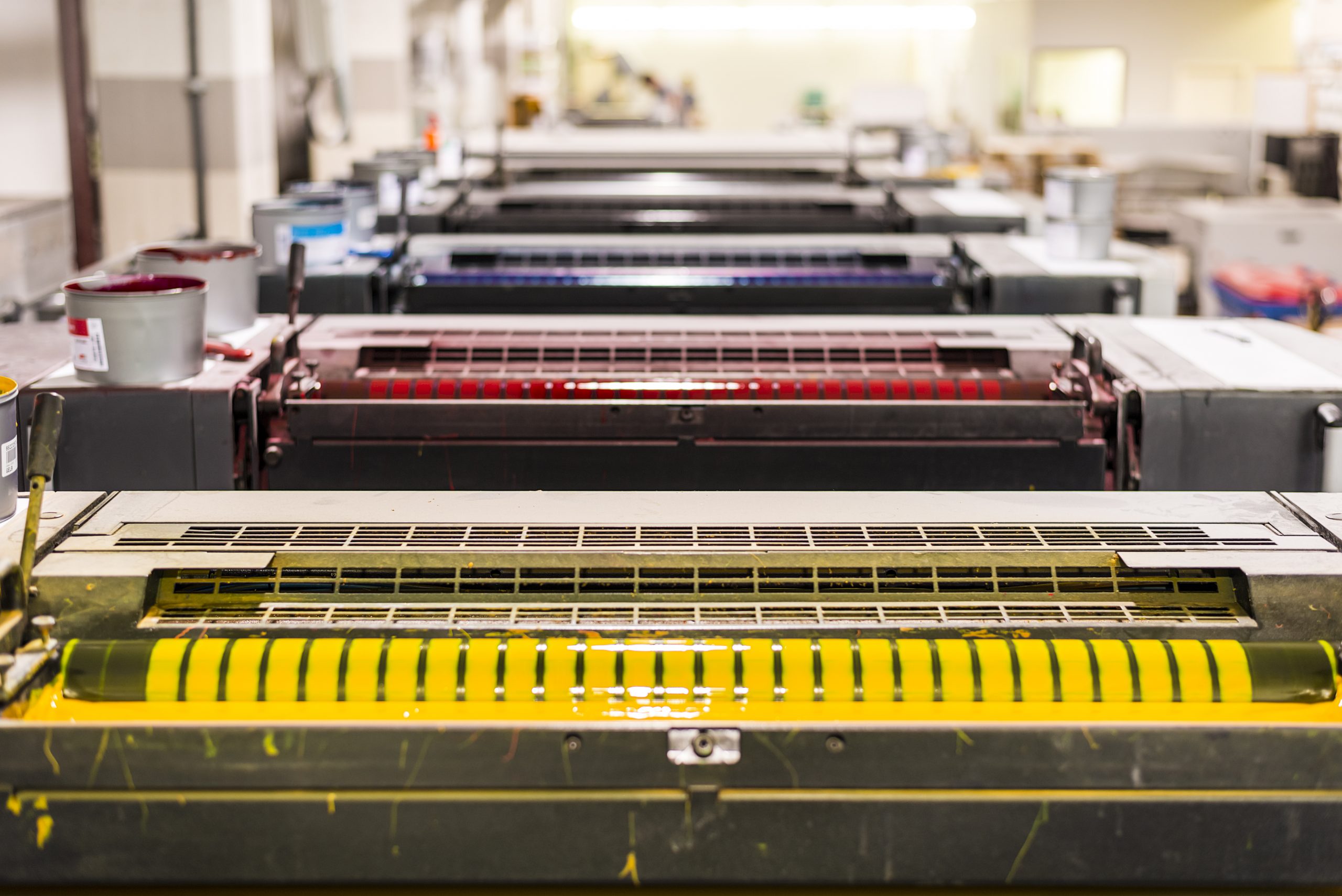Grow Your Brand with Premium litho printing
Grow Your Brand with Premium litho printing
Blog Article
A Comprehensive Overview to Recognizing Litho Printing Techniques
The globe of litho printing, a method stemming from the late 18th century, is an interesting mix of background, technology, scientific research and art. This comprehensive overview will certainly decipher the intricacies of this printing method, from the structure of litho inks to the obstacles faced in modern-day applications. As we venture right into the details of lithography, the significance of automation and sustainability in ensuring its future significance comes to be increasingly clear. Remain with us as we journey into the fascinating realm of litho printing.
The Historic Evolution of Litho Printing
The historical trajectory of litho printing, an essential technology in the world of communication, is an exciting story of human resourcefulness. Birthed in the late 18th century by Alois Senefelder, this technique was initially a cost-effective approach of releasing staged jobs. Lithography, acquired from the Greek words for 'stone' and 'to compose', used a smooth rock surface area to move pictures onto paper. The procedure developed with the development of the rotating press, which substantially increased productivity (litho printing). In the 20th century, the innovation of countered lithography transformed the industry, permitting automation of top notch prints. Each stage of litho printing's evolution showcases mankind's ruthless search of effectiveness and top quality in aesthetic interaction.
Translating the Scientific Research Behind Litho Printing Inks
Moving on in the exploration of litho printing techniques, the focus currently changes to the scientific research behind litho printing inks. The structure of these inks, their drying procedure, and shade mixing techniques develop the backbone of this complicated art type. Understanding these aspects is essential to grasping the craft and accomplishing the desired print results.
Structure of Litho Inks
In lithographic printing, the basic role of litho inks can not be overstated. Pigments, the color-providing aspects, are finely ground particles suspended in the automobile, a liquid that lugs the pigment onto the printing surface. Each element plays a critical component in the last print's quality, making the specific solution of litho inks an intricate science.
Ink Drying Process
From the make-up of litho inks, focus turns to the interesting process of ink drying. The drying process is essential, as it impacts the final print's high quality and durability. 2 main techniques are utilized in litho printing: oxidative drying out and absorption. Oxidative drying out entails the ink responding with oxygen airborne to develop a difficult, completely dry movie. This approach gives a sturdy finish, but can be slower compared to absorption. Absorption, on the other hand, involves the ink permeating into the paper fibers, which is a faster process however can bring about much less dynamic colors. The selection in between these approaches depends on elements such as print speed demands, the paper type made use of, and the preferred surface.
Color Combining Methods
While the drying procedure plays a crucial function in litho printing, the science of shade mixing methods holds equivalent significance. The scientific research behind litho printing inks also takes into account the openness of the ink, which affects exactly how shades overlay and mix.
The Art and Design Elements in Litho Printing
Litho printing takes a breath life right into art and design with its one-of-a-kind elements. The process entails producing an image on a lithographic limestone plate or metal plate with a smooth surface area. The photo is after that printed onto a medium, normally paper, by moving the ink from home plate. What sets litho printing apart is its capacity to reproduce detailed layouts with high integrity, making the outcome almost identical to the original artwork. This is attained via making use of various line strategies such as stippling, hatching, and cross-hatching, which permit a series of tonal effects. Additionally, litho printing suits a selection of shades, enabling musicians to create vibrant and dynamic prints. This combination of accuracy and versatility makes litho printing a favored choice for lots of artists and designers.
Modern Applications of Litho Printing Techniques
Litho printing methods have found considerable use in the modern industrial industry. Its impact and significance proceed to grow with the arrival of new innovations and innovations in the area. This section will certainly check out these contemporary applications and the transformative duty they play in the printing industry.
Business Litho Printing Utilizes
In today's look at more info electronic age, one might wonder concerning the significance of typical printing methods. Yet, litho printing continues to be a critical component of the industrial field. High-volume printing tasks, such as the production of publications, newspapers, and product packaging, rely on litho printing for its capacity to supply exceptional photo quality and expense performance. The process, which includes transferring a tattooed photo from a plate onto a rubber blanket and afterwards to the printing surface area, supplies unrivaled consistency. This makes it ideal for tasks calling for a huge print run. Litho printing likewise provides a wide color range, above that of electronic printing. This makes it the go-to choice for jobs that demand vibrant, high-quality shade reproduction.
Innovations in Litho Printing
Pushing the limits of traditional techniques, modern-day innovations have actually sustained a host of innovations in litho printing. One popular advancement is electronic litho printing, which incorporates the merits of electronic technology with litho's high-quality outcome. These innovations underscore the enduring significance of litho printing in the modern-day world.
Discovering the Process of Litho Printing: Step by Step

Challenges and Solutions in Contemporary Litho Printing

In spite of the precision and custom that litho printing proudly upholds, it is not without its set of contemporary challenges. Digital litho printing enables for cost-efficient brief runs and very easy modification, resolving the problem of variable data. Therefore, while there are difficulties, the litho printing industry is proactively adjusting to satisfy them head-on, ensuring its significance in the look at here future.
Verdict
In final thought, litho printing, with its rich background and clinical ins and outs, holds a considerable place in the print market. As the overview exposes, it's a synthesis of art and modern technology, with modern-day innovations ensuring its relevance. However, the industry encounters challenges that require ingenious solutions, with an emphasis on automation and sustainability. The future of litho printing rests on its capability to adjust to these changing demands, attesting its long-lasting value in an evolving market.

Report this page